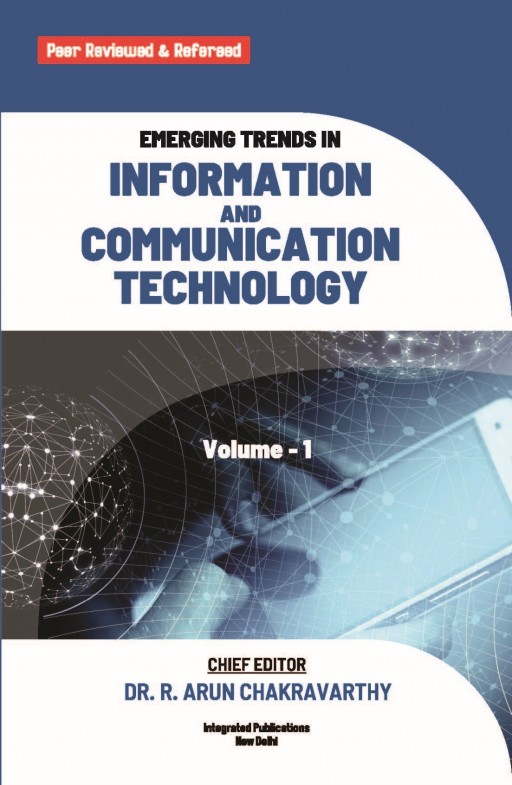Digital Divide and Digital Opportunities


Internet connectivity is the great enabler of the 21st century global economy. Studies worldwide unequivocally link increases in Internet penetration rates and expansion of Internet infrastructure to improved education, employment rates and overall GDP development. The digital divide typically exists between those in cities and those in rural areas; between the educated and the uneducated; between socioeconomic groups; and, globally, between the more and less industrially developed nations. The divide within countries (such as the digital divide in the United States) may refer to inequalities between individuals, households, businesses, or geographic areas, usually at different socioeconomic levels or other demographic categories. The global digital divide describes global disparities, primarily between developed and developing countries, in regards to access to computing and information resources such as the Internet and the opportunities derived from such access. Non-metropolitan citizens lag behind metropolitan residents in the use of information technologies, due to distinct advantages of technologies offered to residents of metropolitan areas. Access to high speed, broadband networks is more limited in rural areas than in metropolitan areas. Throughout the world, economic, social and cultural obstacles prevent or limit women’s access to use of and benefits from ICTs, a phenomenon referred to as the gender digital divide. In countries with marked gender disparities in education, income, and political power, cultural norms frequently limit women’s online access. Hence, a digitally connected India can help in improving social and economic condition of people through development of non-agricultural economic activities apart from providing access to education, health and financial services. However, it is important to note that ICT alone cannot directly lead to overall development of the nation. The overall growth and development can be realized through supporting and enhancing elements such as literacy, basic infrastructure, overall business environment, regulatory environment, etc. Digital India program is the beginning of a digital revolution and if it is properly implemented then it can really make India digitally inclusive and can lead the country towards growth and development.